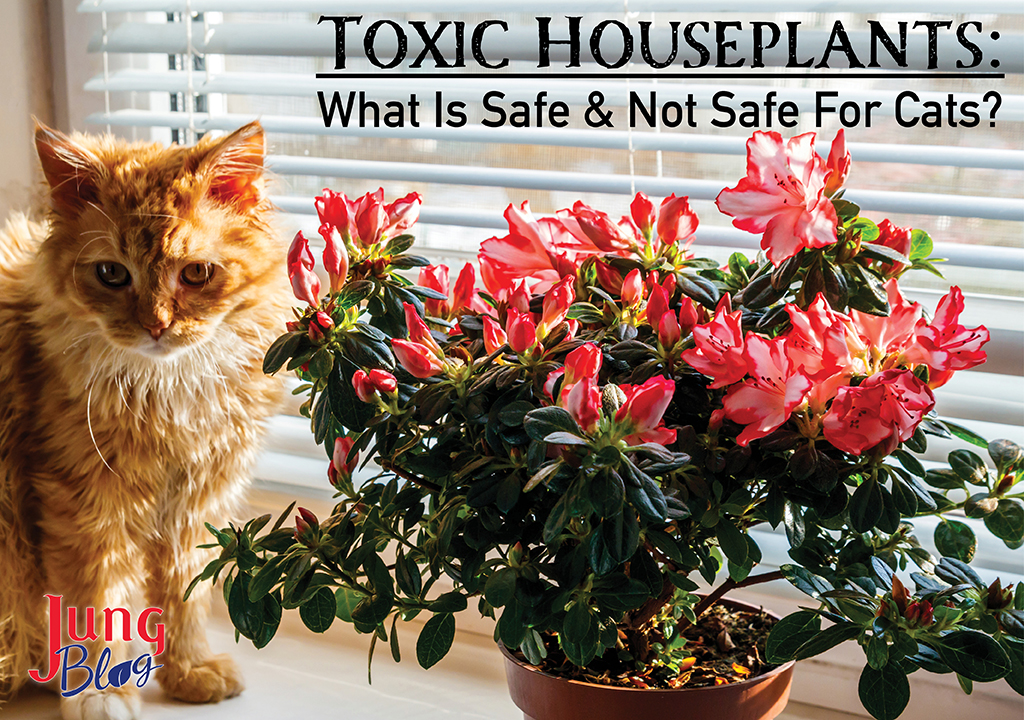
Are you passionate about indoor or outdoor gardening or do you just like fresh flowers or a couple of pothos plants to liven up your home décor? While gardening can be therapeutic and a beautiful yard with flower beds can add to your home’s appearance and value, when you have a cat, it’s wise to select carefully what you cultivate.
Whether you are bringing plants into your home or if your cat goes outside into your yard, or onto a patio or balcony, consider your favorite feline’s safety. Many plants are harmless for a kitty while others pose a danger and can even prove to be lethal.
Popular Houseplants That Are Toxic To Cats
Although different plants will present different levels of toxicity, if you have doubts, it’s best to avoid having a potentially toxic plant. Here are some of the most popular toxic houseplants to bypass when choosing greenery for the home.
Autumn Crocus
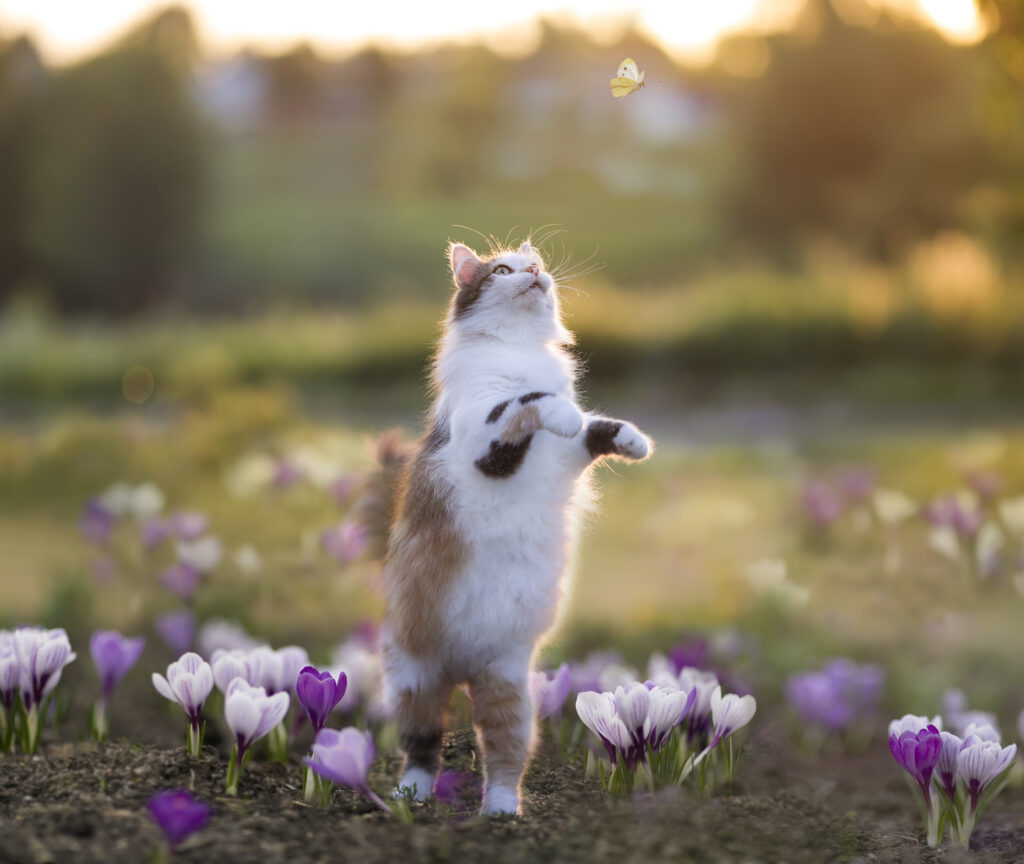
This is a flowering plant that blooms in autumn and if ingested causes mouth irritation, upset stomach, and often bloody vomiting. In severe poisoning, it can cause multiple organ damage, suppression of bone marrow, and death.
Azaleas & Rhododendrons
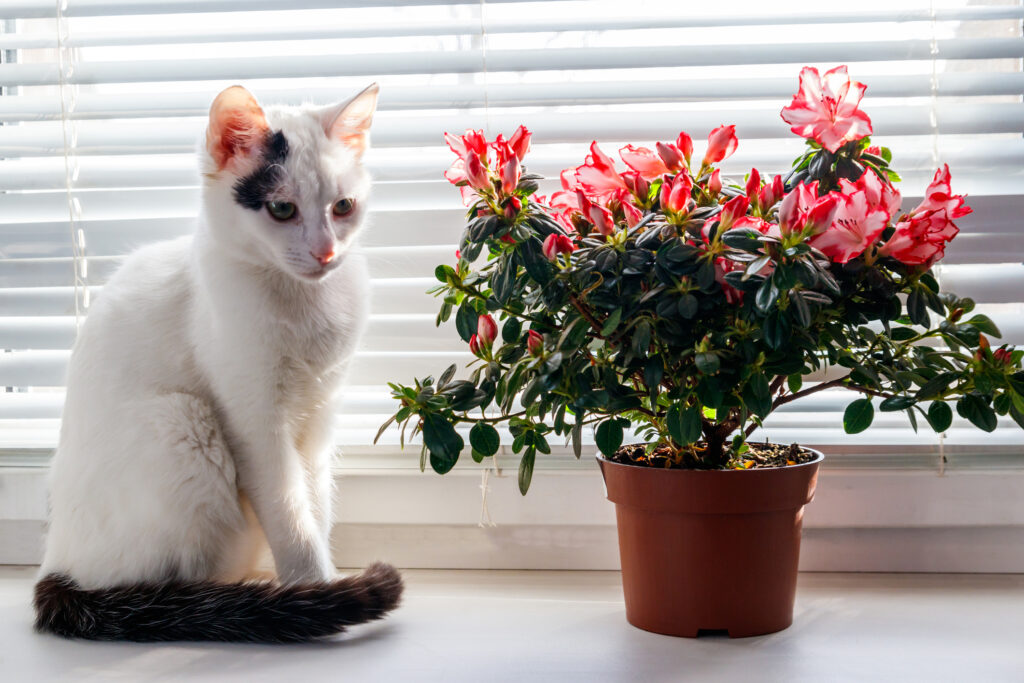
These flowers are very toxic and can cause diarrhea, heart problems, nervous system depression, weakness, a coma, and even death.
Daffodils & Narcissus
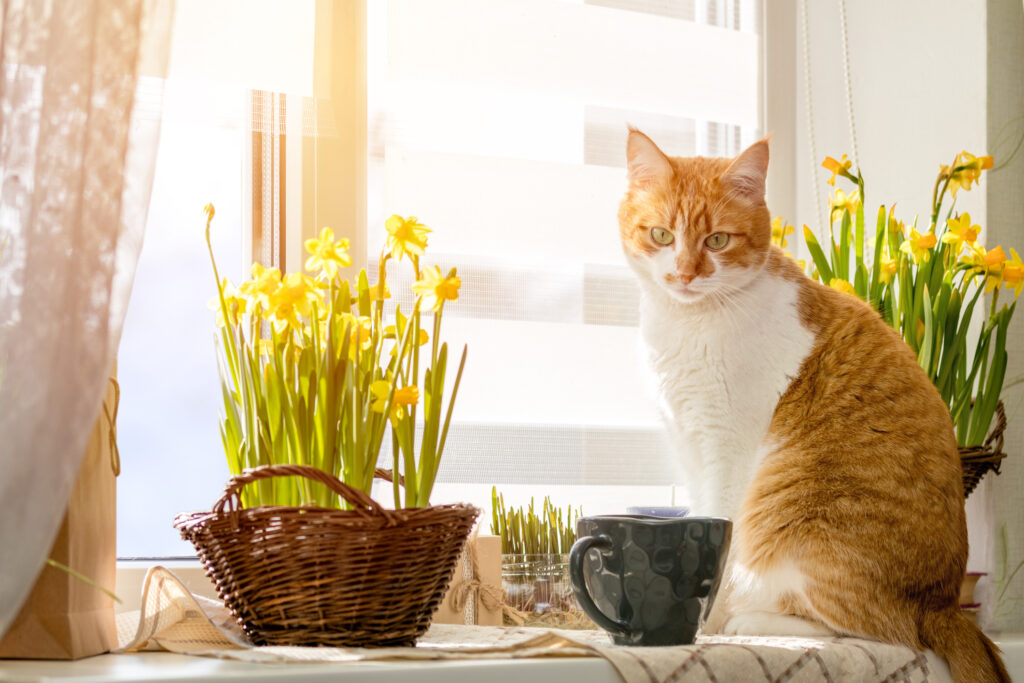
The bulbs of these flowers can upset your kitty’s stomach, but they can also cause tremors, convulsions, low blood pressure, and abnormal heart rhythm.
Dieffenbachia
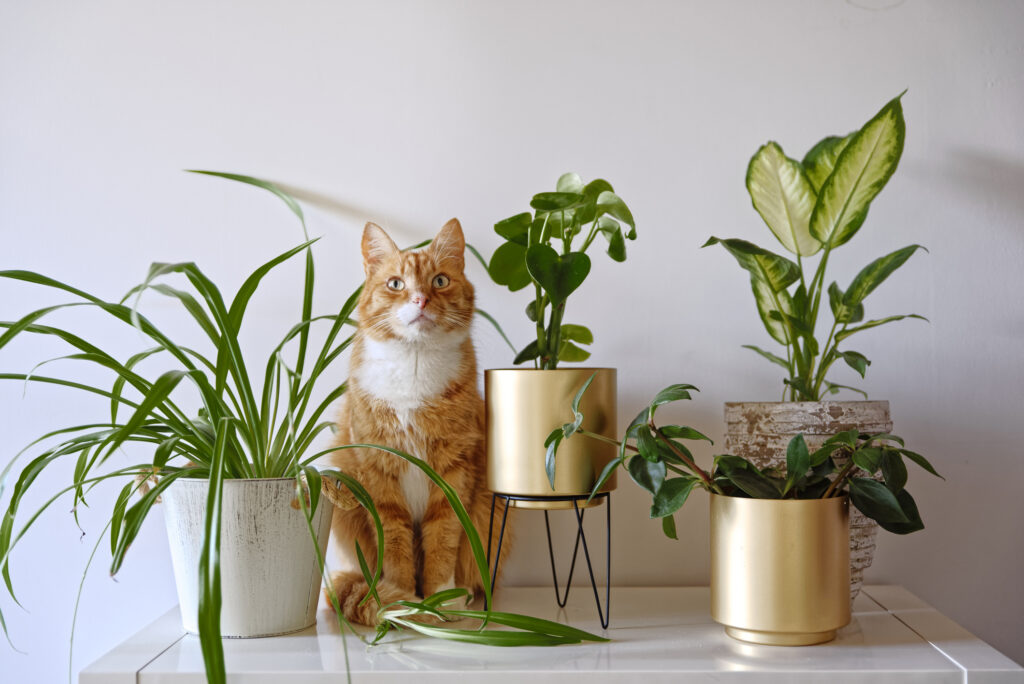
Also known as dumb cane, it is not fatal if ingested. Components within the plant can cause vomiting, painful mouth burning, and difficulty swallowing.
Holly
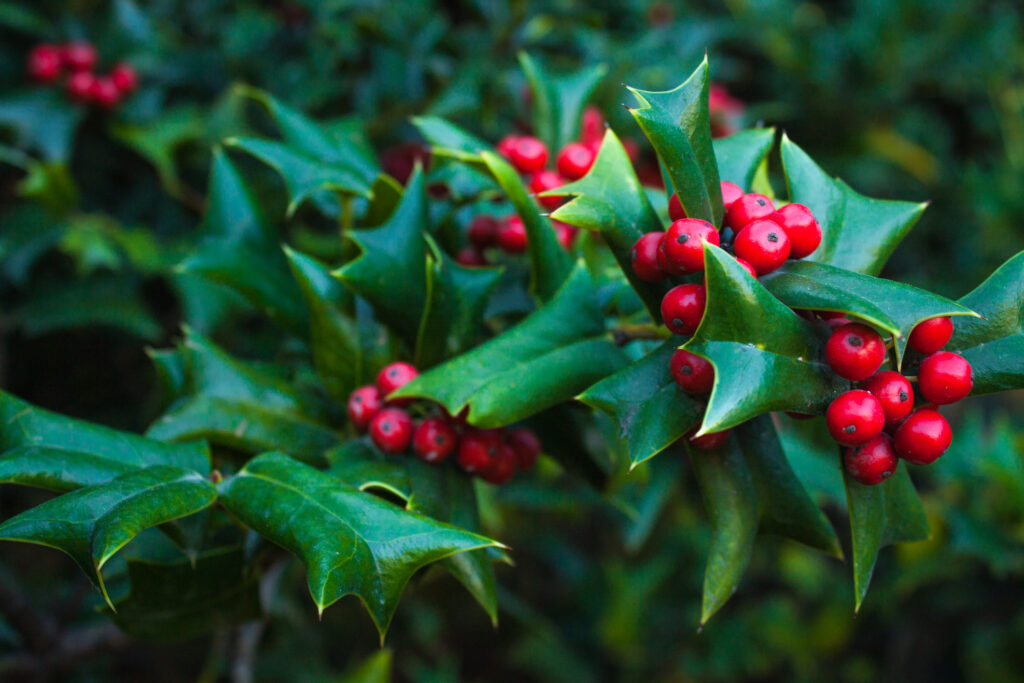
This holiday plant can cause a severe upset stomach.
Lilies
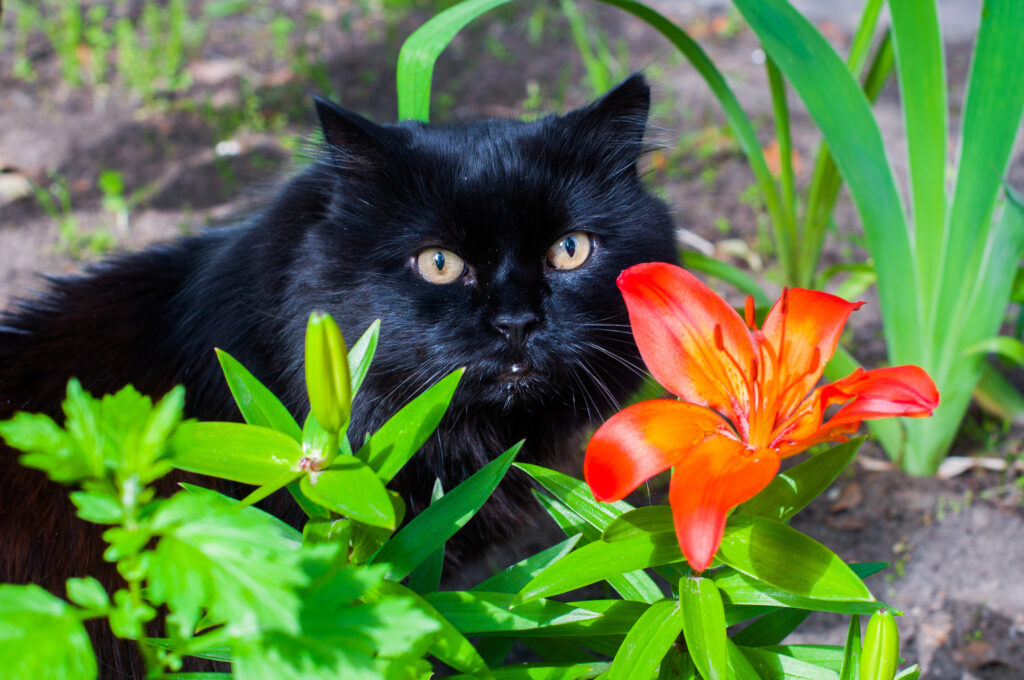
Lilies can result in kidney failure in felines. If ingested, your cat should be immediately hospitalized.
Mistletoe
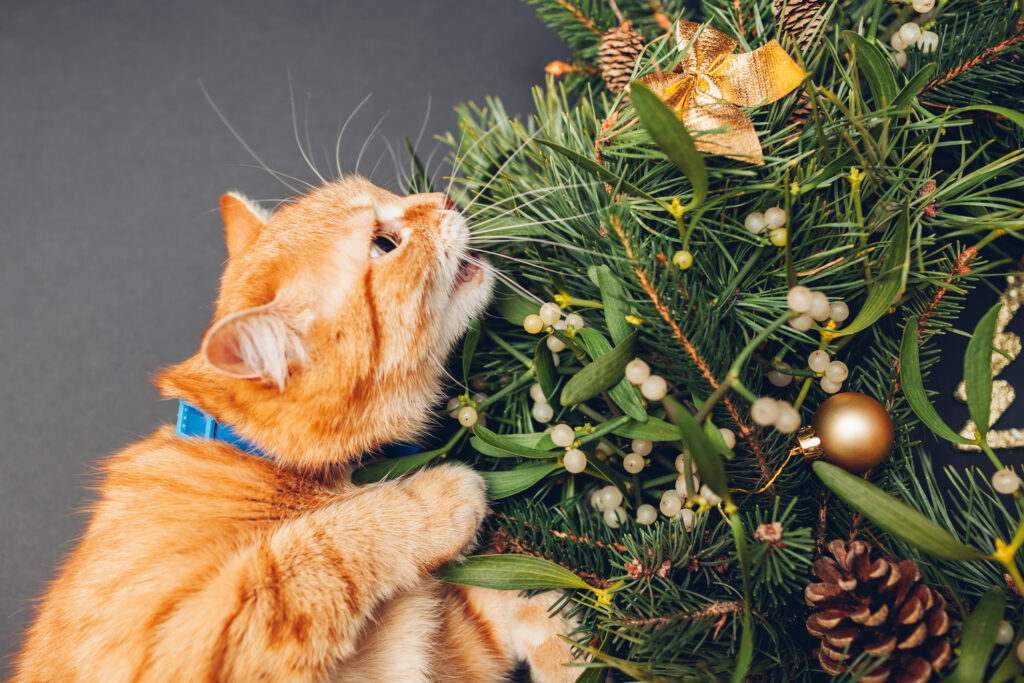
This Christmas plant when ingested can cause breathing difficulties, an abnormal heart rate, seizures, and collapse. If ingested in large quantities it may be fatal.
Oleander

Commonly found in outdoor gardens. It can affect your cat’s heart if ingested and prove to be fatal.
Onion & Chives
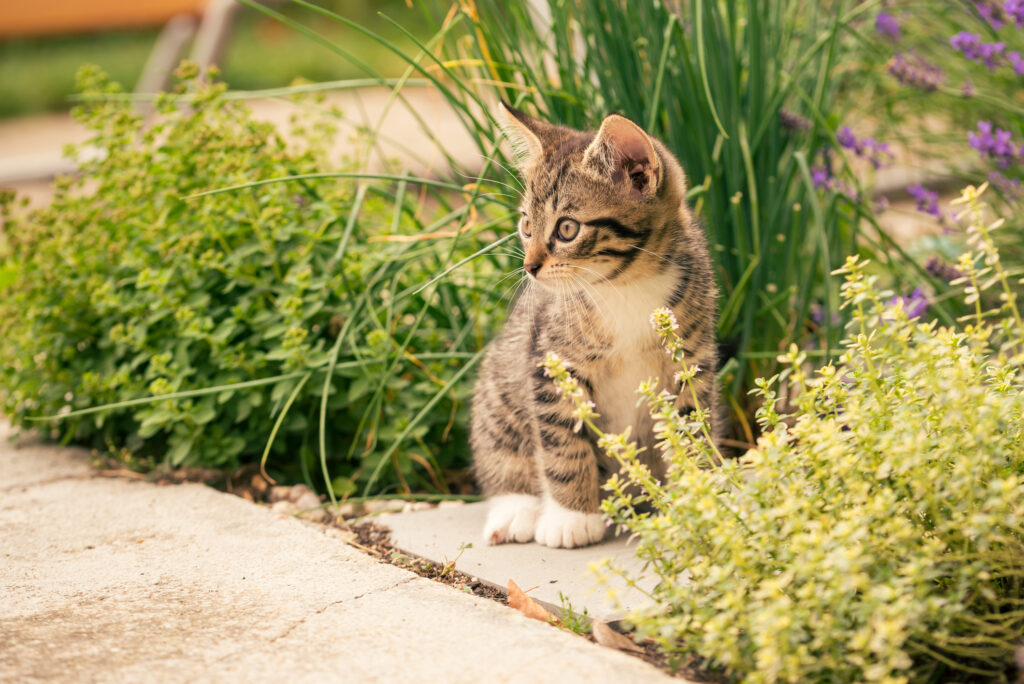
Many herbs and vegetables are fine for pets but both chives and onions are not. They not only cause an upset stomach but can cause anemia.
Poinsettias
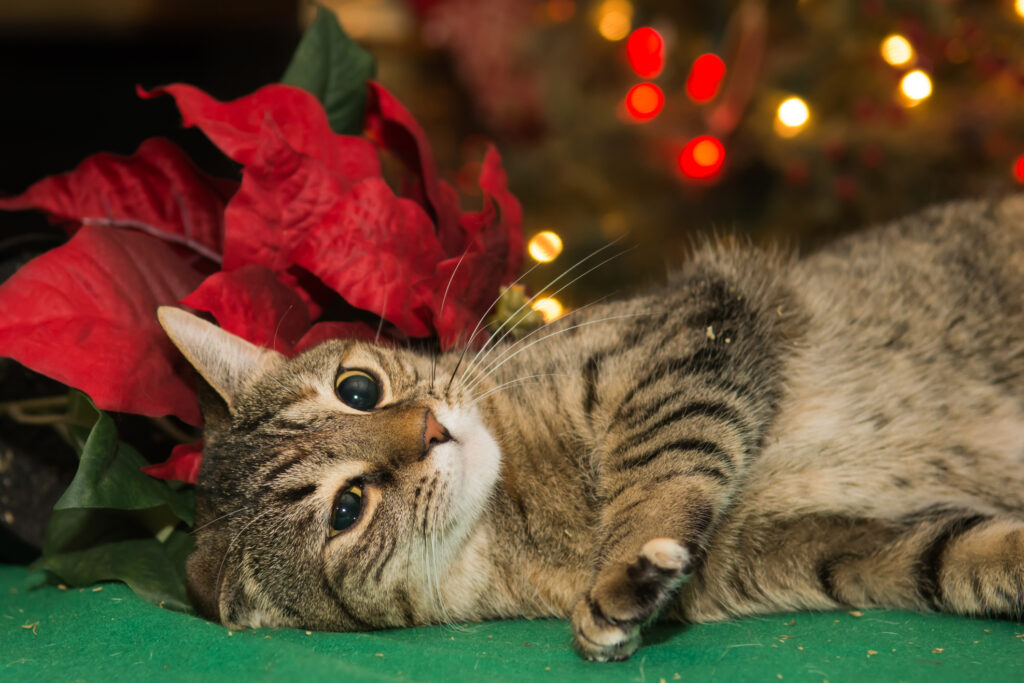
Poinsettias are known to be toxic to pets. Their toxicity may be exaggerated but they will be the cause of digestive tract upset.
Sago Palms
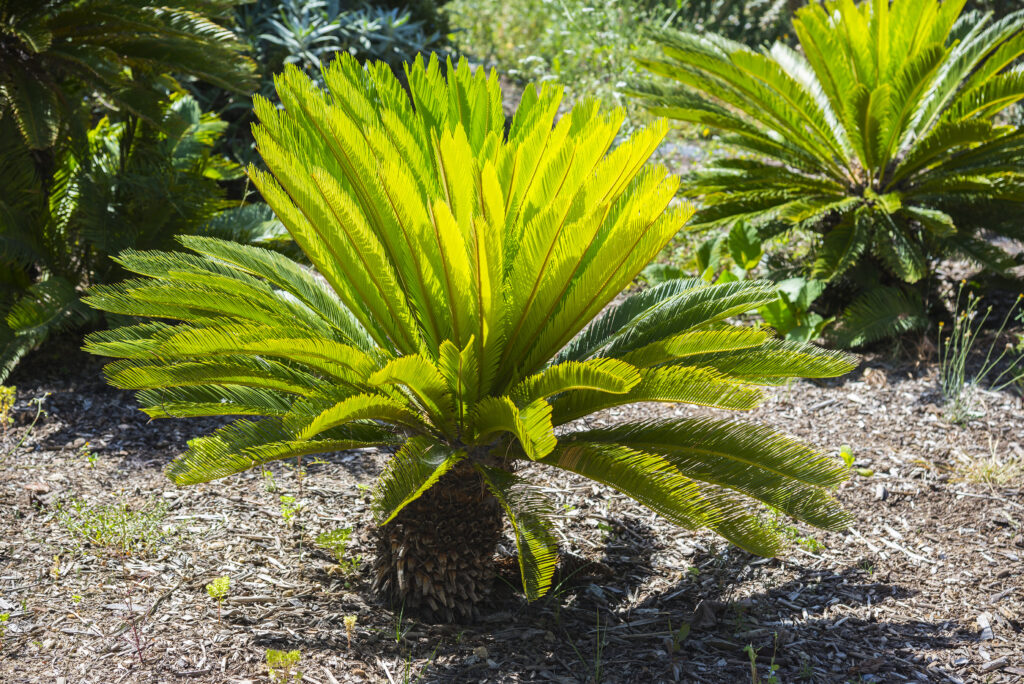
This is a tropical plant that is generally planted outdoors, although some people do cultivate them indoors. Sago palm ingestion can cause severe liver damage and be fatal. Symptoms include diarrhea, vomiting, seizures, and weakness.
Tulips

All parts of tulips are toxic, especially the bulbs. Symptoms of tulip ingestion may include diarrhea, vomiting, lethargy, and seizures or convulsions.
Symptoms of Poisonous Plant Ingestion in Cats

Symptoms of toxic plant ingestion will vary depending on the plant. Not all the symptoms will appear with every plant, but any one of them is cause for alarm and should be taken seriously.
- Diarrhea
- Difficulty breathing
- Difficulty swallowing
- Drooling
- Excessive thirst, drinking, and urination
- Irregular heartbeat
- Irritation in the mouth or around the eyes, and face
- Lethargy or weakness
- Seizures
- Tremors
- Vomiting
Your cat may also try to lick or bite you to show distress, but any unusual behavior should be investigated.
What Should You Do if Your Cat Has Ingested a Toxic Plant?

If you notice that your cat has ingested a toxic plant, move the plant out of your cat’s reach and remove any pieces of plant that are still in your cat’s mouth. You may assume, on the side of caution, that all parts of the plant are toxic even if that is not the case. Use the same caution when dealing with cut flowers and vase water.
Contact your veterinarian immediately or a local poison control authority. This should be done whether your kitty is showing symptoms or not as some symptoms may be delayed. Immediate treatment can save your cat’s life.
If you are unsure as to the toxicity of a plant, bring it to the vet with you. The proper treatment will be defined by the plant toxin. Hence avoid home treatments and do not attempt to induce vomiting unless instructed by your vet.
Safe Houseplants & Flowers for Your Favorite Feline
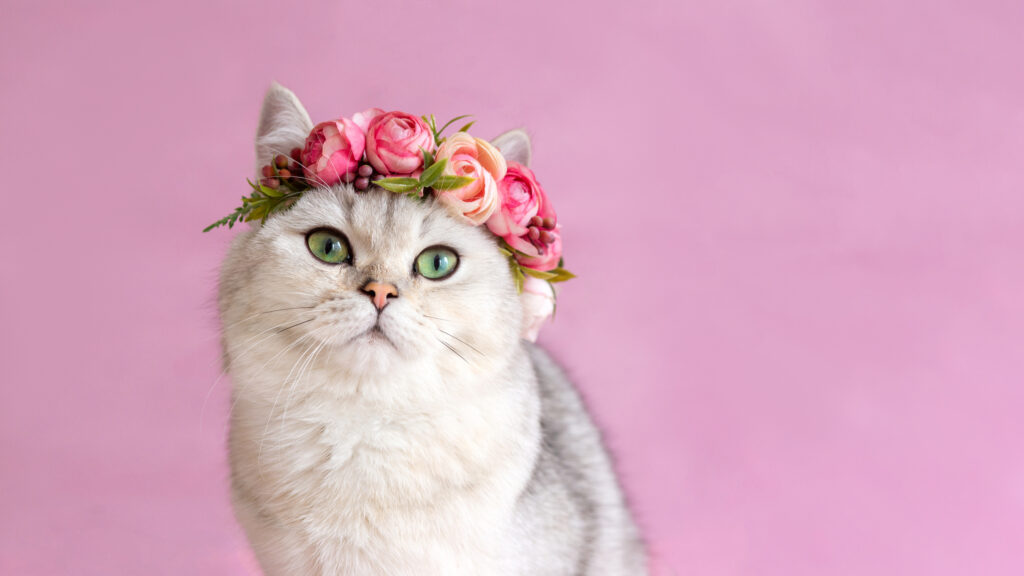
Cats and plants do go together, so if you love plants both indoors and outdoors, fear not, there are lovely plants that you can cultivate and that pose no harm to your fur baby.
- African Violets
- Air Plants
- Bamboo
- Bird’s Nest Fern
- Boston Ferns
- Calathea and Prayer Plants
- Cast Iron Plant
- Daisies
- Money Tree
- Parlor Palms
- Phalaenopsis Orchids
- Ponytail Palms
- Roses
- Snapdragons
- Spider Plants
- Swedish Ivy
- Succulents such as Bromeliads, Christmas Cactus, and Peperomias
- Sunflowers
Favorite Cat Plants

Two plants that your kitty will love are:
Cat Grass
Many felines enjoy chewing on fresh grass. Cat grass is generally a mix of barley, oat, rye, or wheat grasses. You can purchase cat grass kits to create a special plant just for your kitty.
Catnip
This is the plant that is dried and then placed in many cat toys. A nibble of fresh catnip will be a treat. Overindulgence, however, can lead to an upset stomach, hyperactivity, or even sedation.
How Do I Know if a Plant is Safe for My Cat?

There are dozens if not hundreds of plants that prove to be either innocuous or poisonous to cats. Any list that you find will be partial and not exhaustive. The most important thing to do is verify If a plant is toxic to your cat before bringing it into your home or outdoor garden.
Many plants may resemble each other or sound similar in name. Many online sites dedicated to cats will offer resources for toxic plant identification. One great place to do research is the American Society for the Prevention of Cruelty to Animals. The ASPCA offers a fantastic resource in their Toxic and Non-Toxic Plants List Database, valid for both cats and dogs that can easily be accessed online.
Preparing An Indoor or Outdoor Home Garden For Kitty
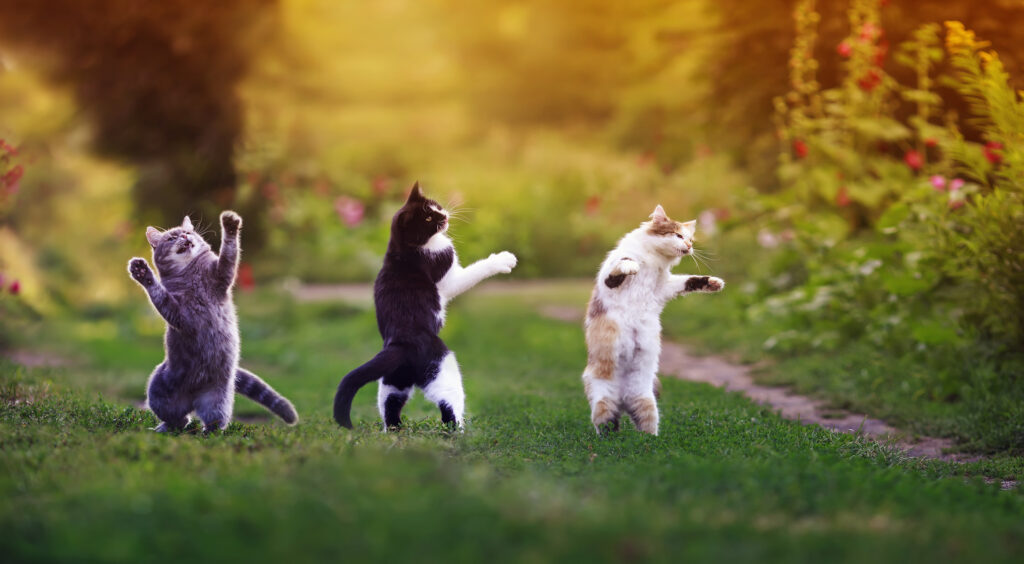
It’s better to avoid toxic plants altogether if you have a cat. Don’t be fooled into trying to position your plant where you think it will be out of reach. Cats are adept at climbing and jumping, and they are notoriously inquisitive. If your cat decides a plant is worth investigating, believe us when we say they will manage to examine it.
Researching any plants you might be thinking about bringing into your home ahead of time is always a good idea, and if you want to ensure your kitty’s safety, artificial plants are always an option.
Other Recommended Reading
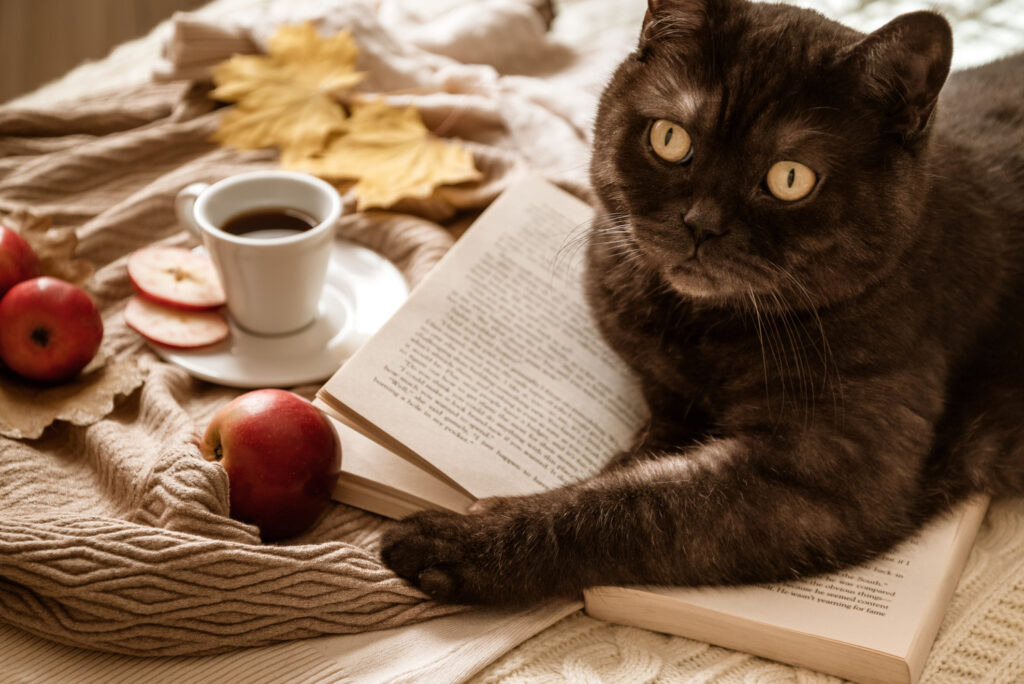
- 7 Common Garden Plants That Are Toxic To Dogs
- How To Dog-Proof Your Garden
- Pet-Friendly Plants & Landscape For All Seasons
- Six Tips To Create The Perfect Dog-Friendly Garden

At Jung Seed Co, we strive to be your go-to guide for all your gardening needs. Our YouTube channel Jung Garden Center now includes our new video series All Things Green where our experts provide gardening tips for all levels of gardeners. When you need reliable gardening advice, turn to the trusted experts at Jung.
View our new catalog online or browse our website for all of your gardening favorites. To receive info on new products, exclusive deals, and specials, be sure to sign up for our weekly email. Join our Facebook page, to discuss all things gardening!
About the Author: If you are interested in writing an article for the Jung Blog email us at – info@jungseed.com.